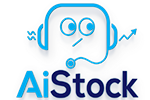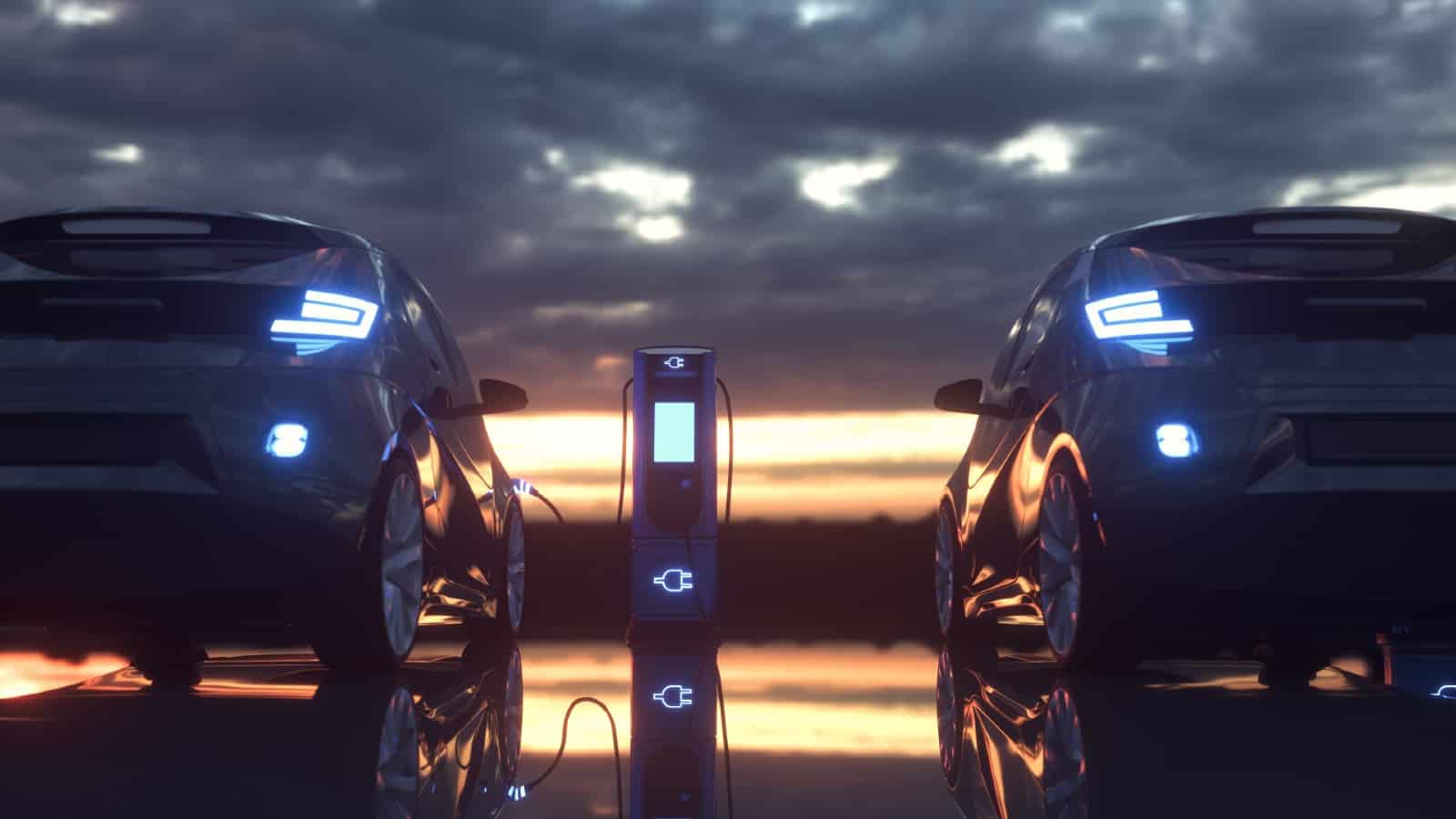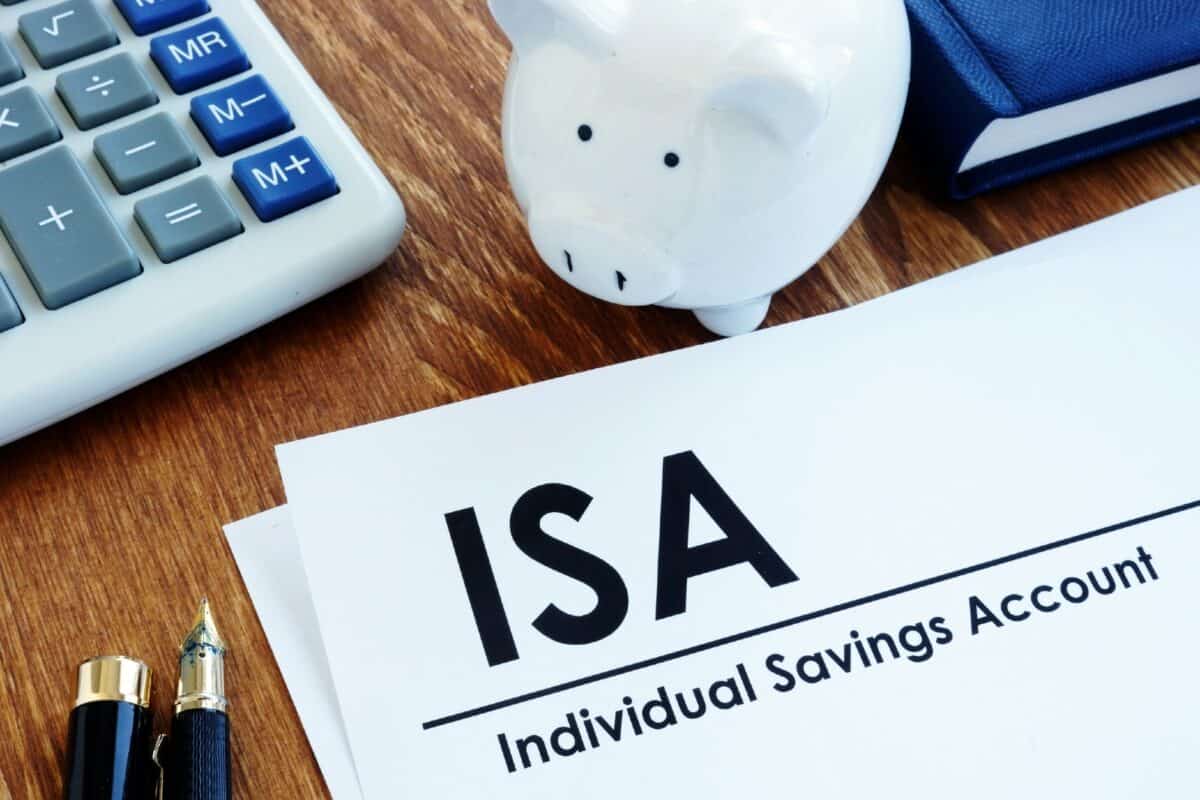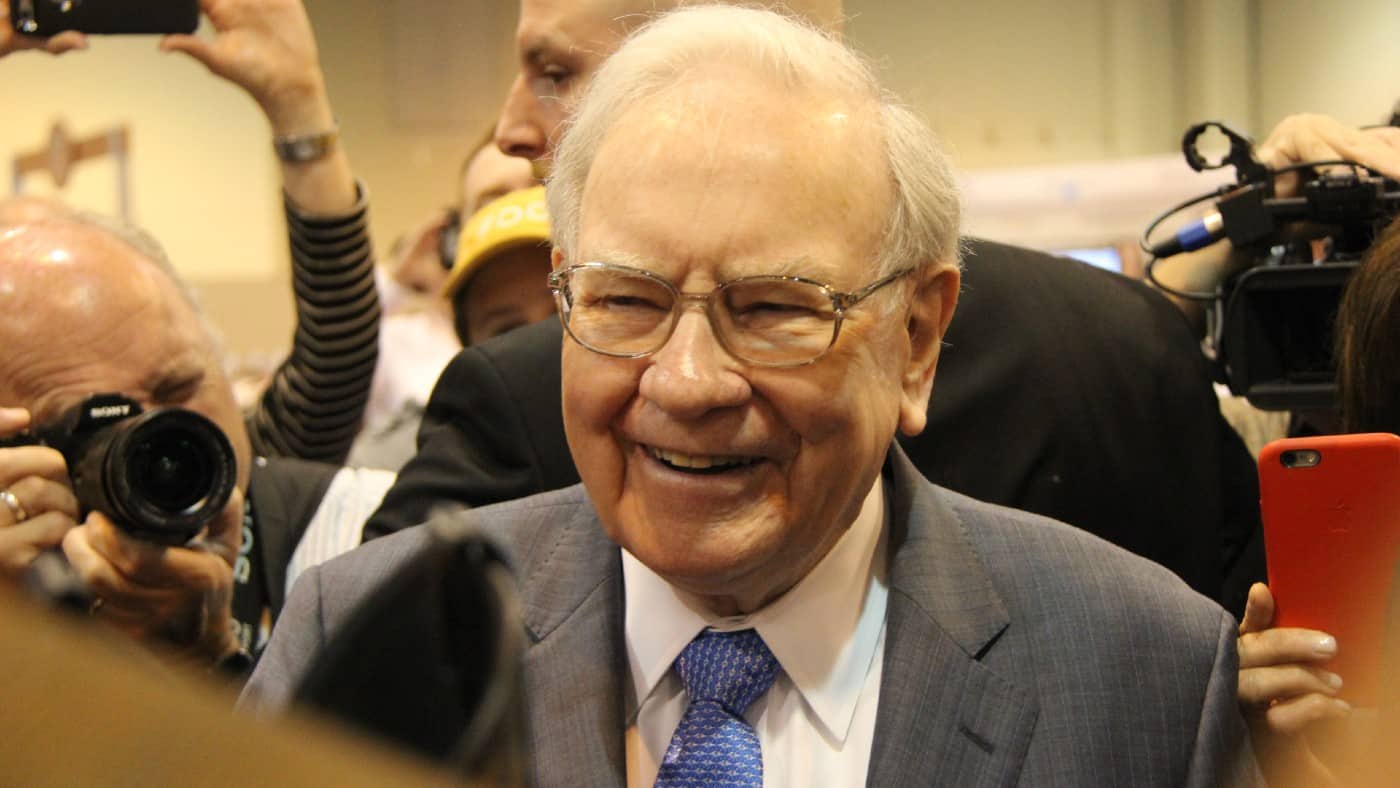Image source: Getty Images
In the last two weeks, the Tesla (NASDAQ:TSLA) share price has been as low as $141 and as high as $198. That’s pretty insane for a company that’s worth $678bn, at the time of writing. Just think about it, something in the region of $150bn has been invested and withdrawn from the stock during the period.
Valuation issues
Tesla results, released on 2 April, highlighted that there was an imbalance between the company’s trajectory and the stock’s valuation.
Elon Musk’s company reported 386,810 deliveries during the first quarter of 2024, representing a considerable slowdown from 422,8275 a year previous. Margins also declined sharply.
This isn’t what we’d expected to see from a company that’s valued according to its growth potential. In fact, Tesla is currently trading at 69.9 times forward earnings.
Coupled with a price-to-earnings-to-growth (PEG) ratio of 5.74, we appear to be looking at a company that is vastly overvalued.
This started to hit home at points, with investors moving away from Tesla.
Musk’s tweet
Less than a week after the company’s results, Musk tweeted: “Tesla Robotaxi unveil on 8/8“.
We know that Tesla had been working on a Robotaxi for some time, but seemingly hadn’t made much progress.
There are multiple levels of autonomous vehicles. This goes from Level 0 (no driving automation) to Level Five (full-driving automation).
The thing is, experts have suggested we might not reach Level Five until the late 2030s.
In turn, this leads me to question how much progress has Tesla actually made on automation? To date, its full self-driving (FSD) software hasn’t extended beyond Level Two.
Nonetheless, Musk’s tweet and subsequent notes that autonomous cars would make all other cars obsolete have helped the share price rally.
A convenient distraction
Tesla recently announced it had reached a deal to roll out full autopilot in China — the company’s branded its full autopilot beta-testing programme as Level Five. This boosted the share price significantly.
However, I just can’t see how the company has made all this progress in such a short period of time. And I can’t help but think the timing was rather convenient for Musk, given the company’s poor performance in Q1.
China’s the biggest market for autopilot vehicles, but there’s also a matter of convenience here for the Chinese government.
Beijing launched its ‘Made in China 2025’ programme in 2015, a 10-year plan which centred on developing self-reliance in manufacturing, and a major part of this is in autonomous driving. Obviously, 2025 isn’t far away, and Tesla could help them achieve this.
The bottom line
I’m still intrigued to see what Tesla will unveil on 8 August. However, I can’t help but think Musk’s announcement was something of a distraction from Tesla’s ailing sales.
I actually wrote about this last year, and I appreciate the revenue-generating possibilities of autonomous cars – especially taxis. However, Musk does have a habit of overpromising and underdelivering.
Currently, with the stock trading at 69.9 times earnings, I just can’t put my money in Tesla.
Credit: Source link














